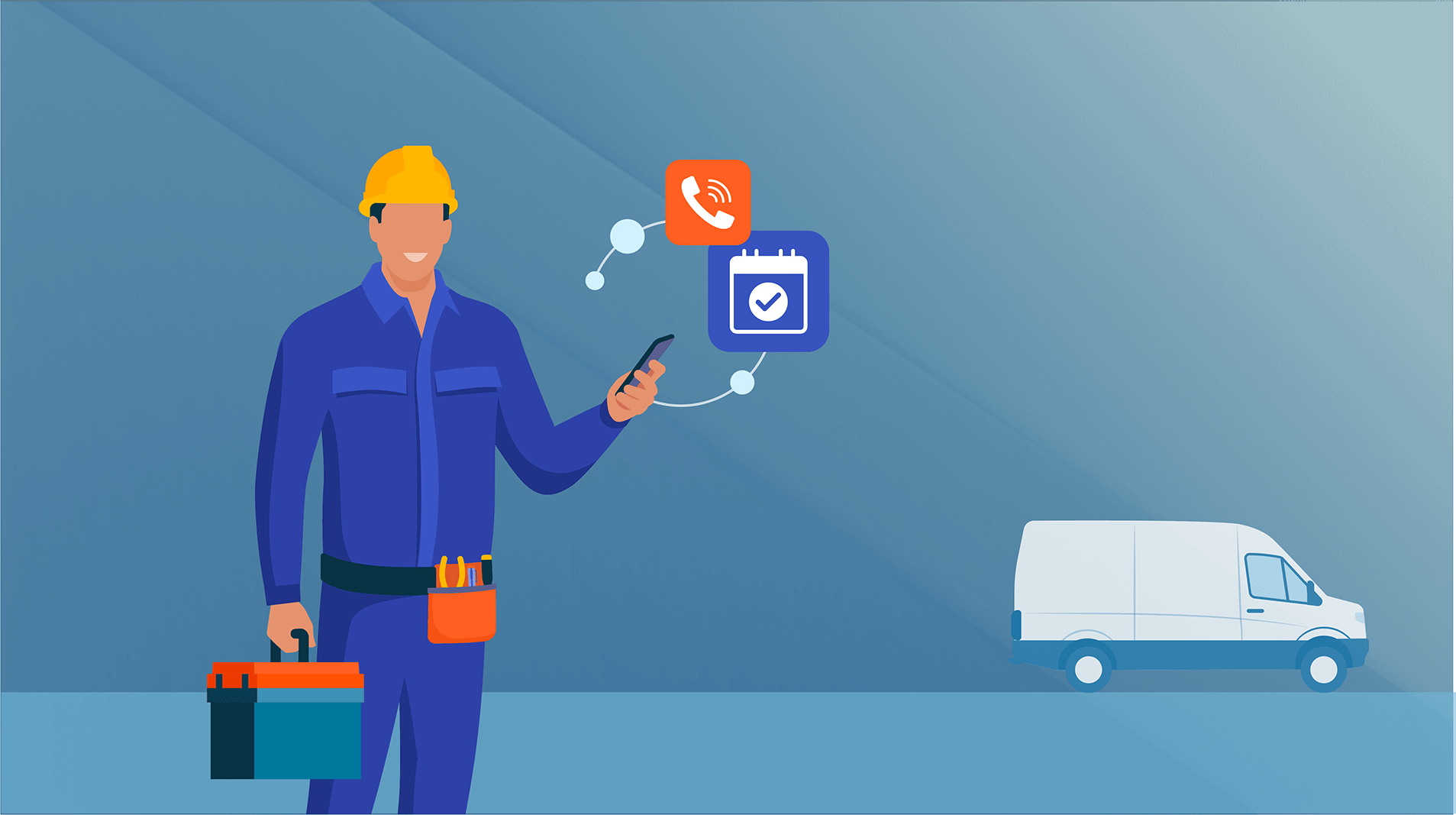One issue facing many companies across the landscaping industry is growth that grows beyond the bandwidth of what you can provide. This is a good problem to have– growth is fundamental to a healthy business, and landscape management is no exception– but it is a problem that needs to be solved nonetheless. Demand for your landscaping services can outpace your supply of manpower, antiquated paper files can get stacked in the corner pile into Mount Slushmore, manually creating and logging invoices waste too much of your day, and so on and so on until you lose momentum from sheer inefficiency.
Much like how growing weeds must be tended to, the right landscape management software tends to your growing business. Here’s four ways landscape management software can help manage your business.
1. It Can Save You Time
I’d like to engage in a little thought experiment, designed by the fine folks at Greenius. Think about what you pay your workers or yourself per hour. Calculate what that adds up to. Now think about how long it takes for the average employee to complete tasks like estimating, invoicing, customer relationship management, scheduling, and training. This might seem like making a mountain out of a molehill, but once you tally the inefficiencies and account for the typical rate of human error that accompanies each of these tasks, that molehill starts to get pretty big.
With a decent landscape management software system, time-consuming busywork that would otherwise cost your business hundreds of hours annually is condensed into a simple, easy to use interface that displays everything you need within just a few clicks.
2. Software Eliminates The Guesswork
One of the trickier parts of landscape management is knowing the right estimate to give to a client. According to Joanne Bratton from Aspire, “Most companies underestimate their job costs by at least 1%. Combined with underestimating labor per hour by only 50 cents, that translates into $48,000 in lost revenue for a $3 million landscaping company.” Ouch.
Luckily, most landscape management software provides estimating tools that can take away the guesswork from landscaping quotes and help create consistent, profitable quotes. The beauty of having estimating features built into a landscape management software system is that you can customize them to your liking, adjusting for a job’s length and complexity; if that stump looks clingier than your crew is used to dealing with, all it takes is a single click to fetch you a more realistic estimate.
3. Easy-To-Use Software Works On ALL Levels For ALL Skillsets
Landscape management software that offers a full suite of features has something for everyone at your company, including inventory management, CRM software, scheduling software, supply chain software, integrated accounting, and project management. Now you might be thinking, “That’s a lot of features. I bet I’ll be roped in to buying a whole bunch of other software, and I’ll never be able to keep track of them all :(“. That’s where you’re wrong, hypothetical you.
The best landscape management software systems are all-in-one services, meaning you and your employees will only ever have to pay for and learn a grand total of one software. They are designed for combining simplicity of use and coherent features, so if your company hires chimpanzees, I’m sure they could get used to the landscape management software, too.
4. Automated Technology Can Help You Work Smarter, Not Harder
The online nature of landscape management software means that technology can do the work for you. For example, an accounting software built into a landscape management software will digitally store and automatically organize your expenses for you. At a glance, you will know what your business earns and costs, and all it took was the right technology.
Furthermore, you can automate as many or as few processes as you choose. Integrated accounting means your software can automatically send out invoices and reminders for invoices, late payment reminders and fees, and even bill your client’s credit card in seconds. Tedious tasks suddenly disappear as software takes care of them, enabling your employees to do things a computer can’t—namely, landscaping.. Of course, everything is customizable, so you can automate as much or as little of your business as you’d like.








